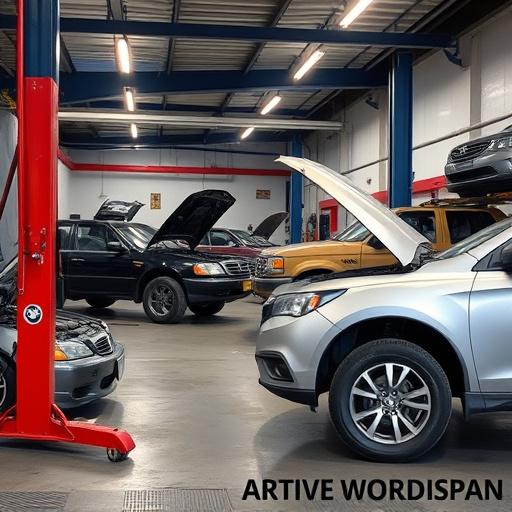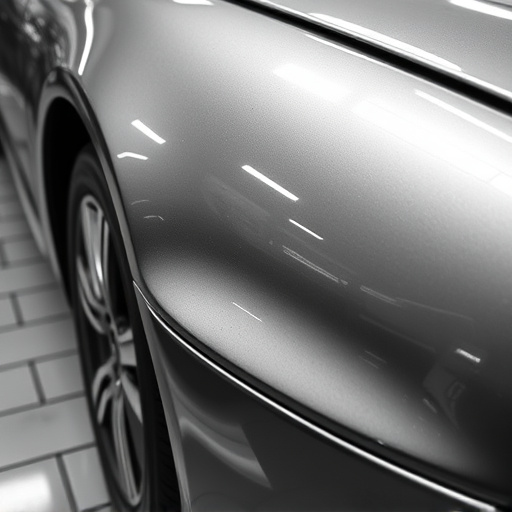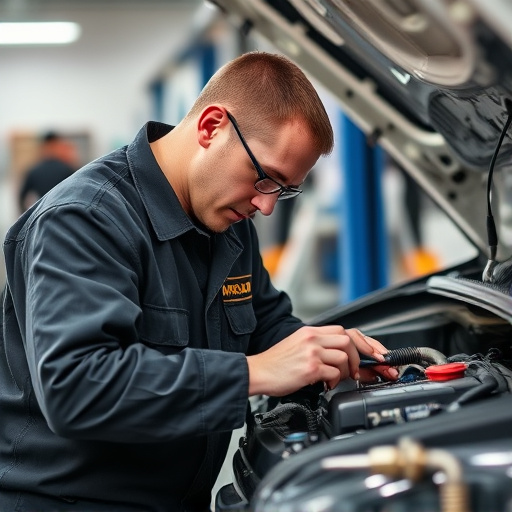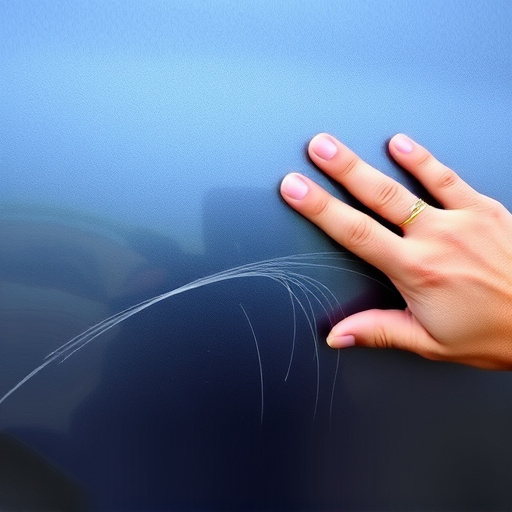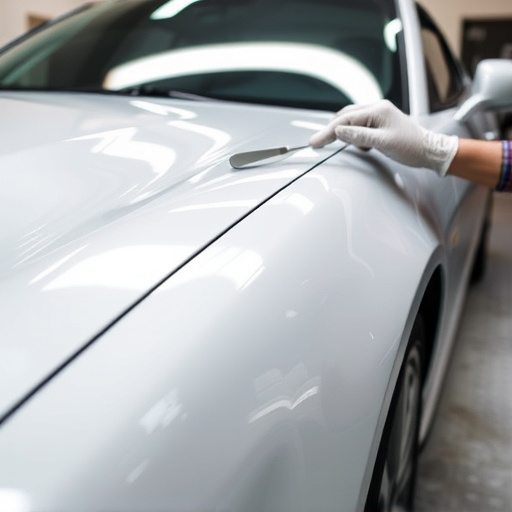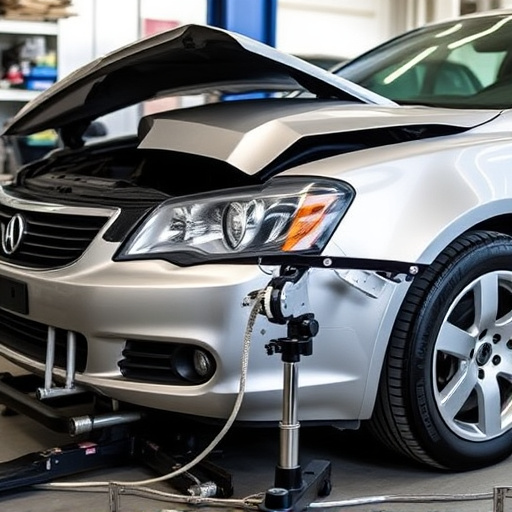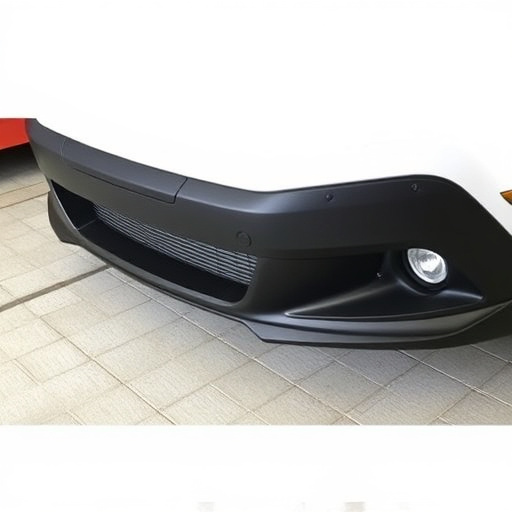Defective auto body shop parts can compromise vehicle repair quality and cause future damage. Identify issues through visual inspection, document with photos and receipts, then notify the shop immediately for resolution. Consumers are entitled to refunds or free repairs under certain conditions. Choose a reputable shop using genuine components from trusted manufacturers to prevent problems. Stay informed about automotive repair advancements and maintain regular maintenance checks for optimal vehicle care.
When you take your vehicle to an auto body shop for repairs, you expect quality work and safe, reliable parts. Unfortunately, defective auto body shop parts can lead to further damage or even pose safety risks. This article guides you through understanding and identifying these issues, taking immediate action when they occur, and preventing future problems by ensuring your auto body shop uses top-tier components. Learn essential steps to protect yourself and your vehicle.
- Understanding Defective Auto Body Shop Parts: What They Are and How to Identify Them
- Taking Action: Steps to Take When You Receive Defective Parts from an Auto Body Shop
- Preventive Measures: Ensuring Quality Parts and Avoiding Future Issues at the Auto Body Shop
Understanding Defective Auto Body Shop Parts: What They Are and How to Identify Them
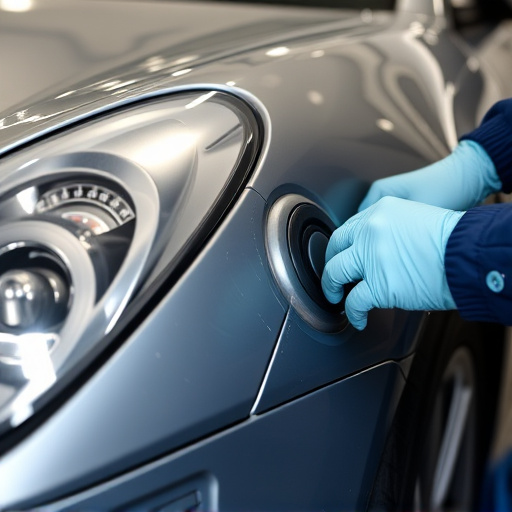
Defective auto body shop parts can be a significant issue for vehicle owners, leading to further complications during the repair process and potentially impacting the overall quality of the vehicle’s restoration. Understanding what constitutes defective parts and how to identify them is crucial for ensuring a seamless auto body repair experience.
Auto body shop parts are considered defective when they deviate from their intended specifications or fail to meet industry standards. This could result from manufacturing flaws, incorrect sizing, poor-quality materials, or even simple errors during the assembly process. Defective parts may exhibit signs such as visible damage, misalignment, inconsistent paint jobs, or subpar material quality. For instance, a dented fender or a door panel with uneven gaps can indicate a fabrication issue. In the case of vehicle paint repair, defective parts might show patches of different colors or an uneven finish, revealing underlying flaws in the painting process. Identifying these issues promptly is essential to prevent further damage and ensure the longevity of the repairs.
Taking Action: Steps to Take When You Receive Defective Parts from an Auto Body Shop
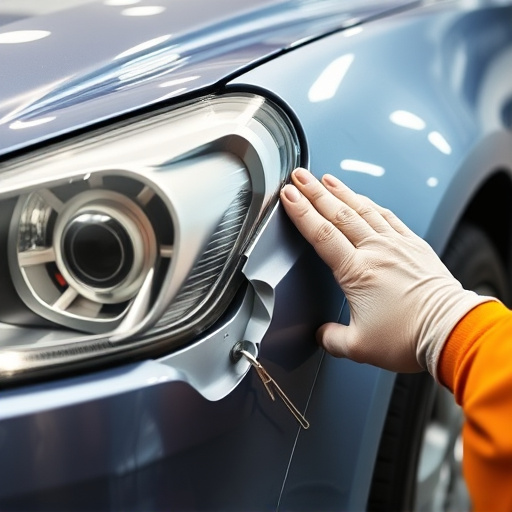
Upon receiving defective auto body shop parts, it’s crucial to act swiftly. First, document the issue by taking photos of the damaged or incorrect parts, along with any relevant receipts and communication with the shop. Contact the auto body shop immediately to inform them about the problem; they should be responsible for providing replacement parts and ensuring your satisfaction.
Next, review your consumer rights and warranty policies. If the parts were installed recently, you might be entitled to a refund or free repairs. Be assertive but respectful during interactions with the shop; maintaining clear communication will help resolve the issue more efficiently. Consider seeking a second opinion if necessary, as it’s important to ensure that the replacement parts meet the required standards for your vehicle’s dent repair or fender bender fix.
Preventive Measures: Ensuring Quality Parts and Avoiding Future Issues at the Auto Body Shop
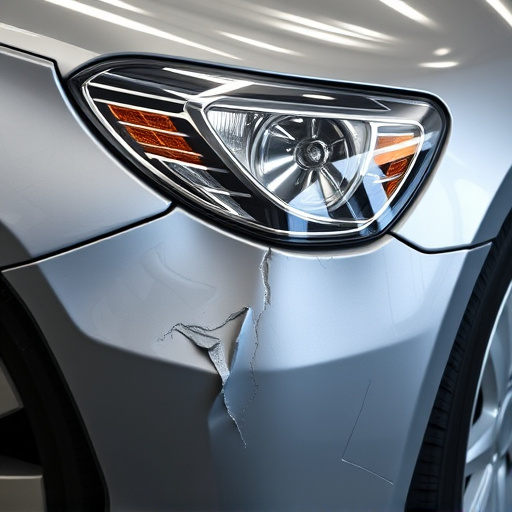
Preventive measures are crucial when it comes to ensuring quality auto body shop parts and avoiding future issues. One key step is to choose a reputable shop that sources their components from trusted manufacturers. Reputable shops often have established relationships with reliable suppliers, which means they can provide genuine, high-quality parts for repairs and restorations. This reduces the likelihood of defective or counterfeit pieces making their way into your vehicle.
Additionally, staying informed about the latest advancements in automotive repair and restoration techniques empowers you to make better decisions when faced with part replacements. Regularly researching and understanding the different types of materials used in car body restoration can help identify potential problems before they arise. This proactive approach, combined with regular maintenance checks, will not only ensure your vehicle receives the best care but also prevent costly repairs down the line, whether it’s for an automotive repair or a full vehicle restoration.
When dealing with defective auto body shop parts, understanding your rights and taking swift action is crucial. By identifying issues early, customers can ensure a smooth repair process and receive high-quality replacements. Implementing preventive measures, such as requesting certified parts and maintaining open communication with the shop, can significantly reduce future problems. Staying informed and proactive ensures that your vehicle receives the best care possible while upholding your satisfaction as a consumer.



